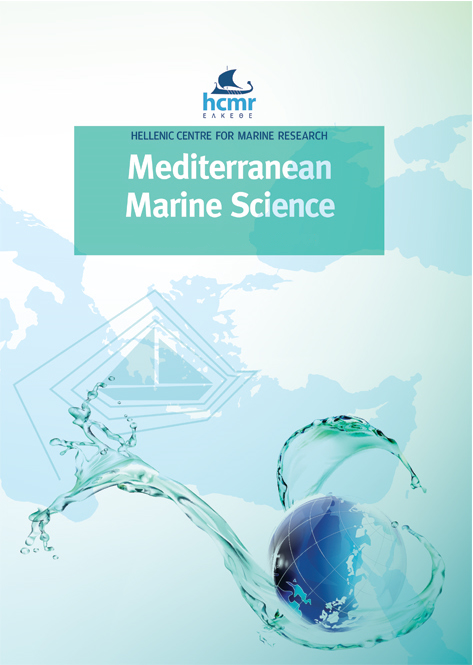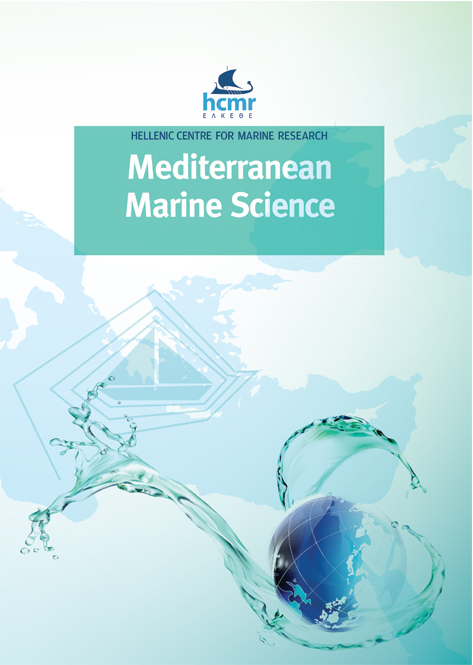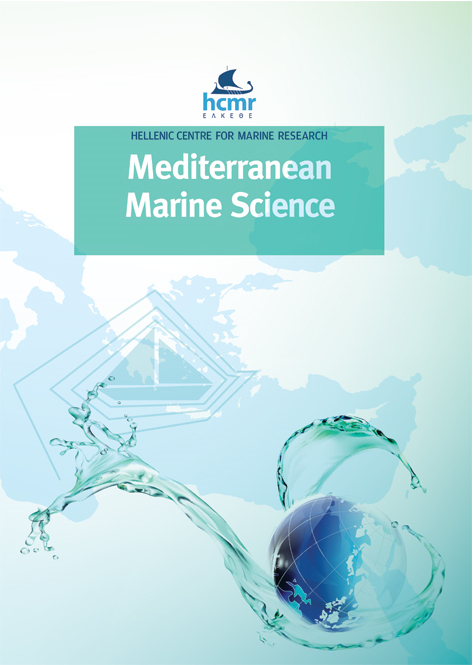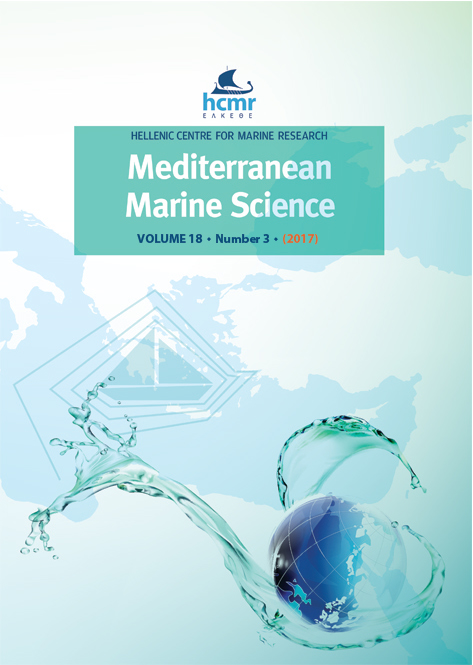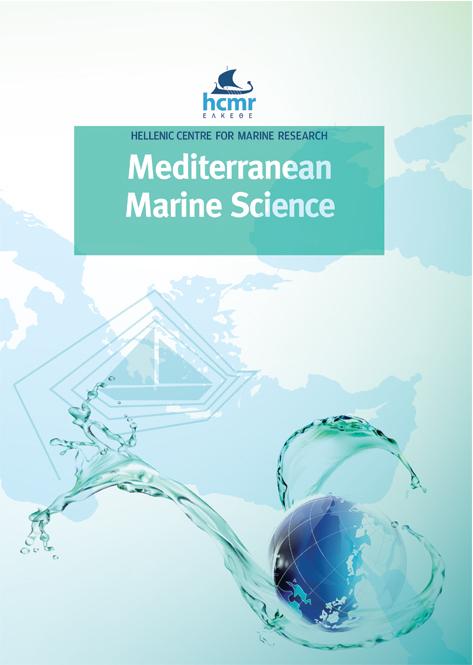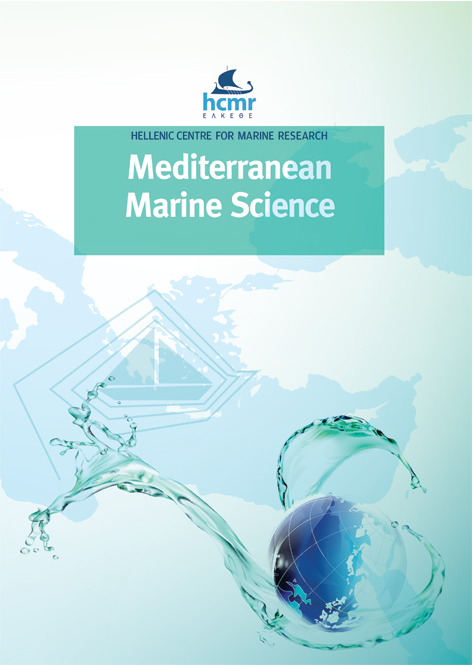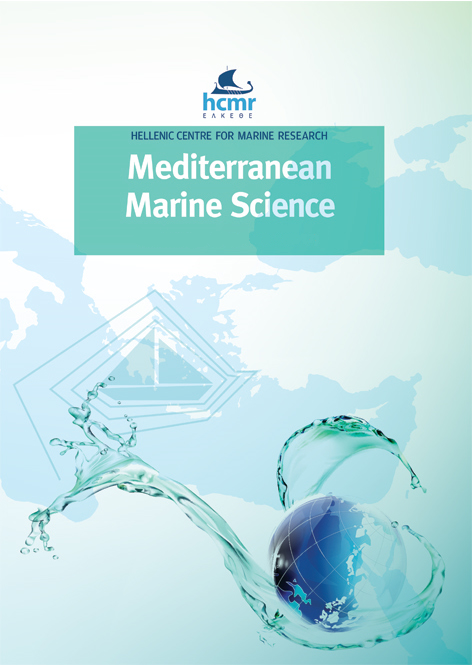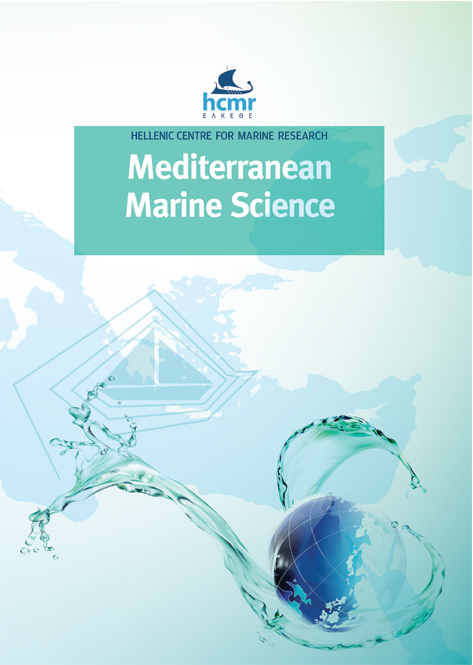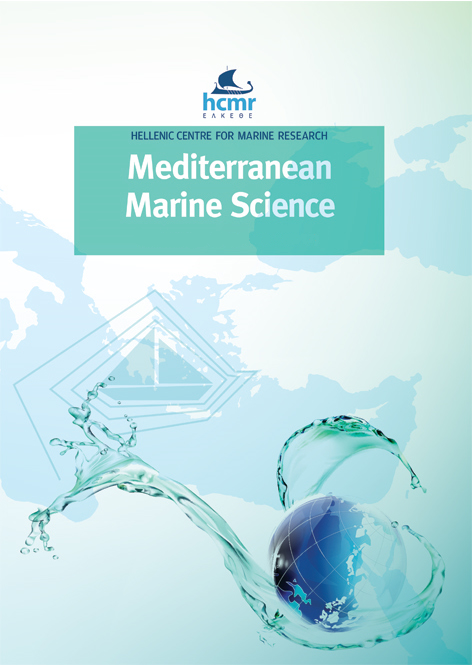Microporella hastingsae Harmelin, Ostrovsky, Cáceres-Chamizo and Sanner, 2011 (Bryozoa, Cheilostomatida): a possible new Lessepsian species in the Mediterranean Sea?
Аннотация
The introduction of Non-Indigenous Species (NIS) in the Mediterranean Sea is one of the main threats to biodiversity and its increasing frequency could bring a significant ecological impact on native species. However, knowledge of marine bioinvasions, the spreading patterns of NIS and their possible pathways of dispersion is still limited, especially for particular taxonomic groups. In this paper, we report the first Mediterranean record of a colony of a non-indigenous bryozoan, Microporella hastingsae Harmelin, Ostrovsky, Cáceres-Chamizo and Sanner, 2011, found on plastic litter stranded south of Catania (Sicily, western Ionian Sea) during spring 2023. Based on this colony, a formal taxonomic description of M. hastingsae is provided for this species, which was recently erected for old, misidentified material collected in the early twentieth century in the Suez Canal and the north Red Sea. We suggest that the species could be considered a Lessepsian migrant assuming it entered the Mediterranean Sea at any time, through larval dispersal and/or the possible facilitation by human activities, presumably shipping. Further surveys in coastal localities of Sicily and the eastern Mediterranean are needed to confirm the establishment of M. hastingsae or if the present colony only represents an occasional record of the species in the basin.
Article Details
- Как цитировать
-
ROSSO, A., & SIDDIOLO, C. (2024). Microporella hastingsae Harmelin, Ostrovsky, Cáceres-Chamizo and Sanner, 2011 (Bryozoa, Cheilostomatida): a possible new Lessepsian species in the Mediterranean Sea?. Mediterranean Marine Science, 25(1), 73–83. https://doi.org/10.12681/mms.35863
- Раздел
- Research Article
Authors who publish with this journal agree to the following terms:
- Authors retain copyright and grant the journal right of first publication with the work simultaneously licensed under a Creative Commons Attribution Non-Commercial License that allows others to share the work with an acknowledgement of the work's authorship and initial publication in this journal.
- Authors are able to enter into separate, additional contractual arrangements for the non-exclusive distribution of the journal's published version of the work (e.g. post it to an institutional repository or publish it in a book), with an acknowledgement of its initial publication in this journal.
- Authors are permitted and encouraged to post their work online (preferably in institutional repositories or on their website) prior to and during the submission process, as it can lead to productive exchanges, as well as earlier and greater citation of published work (See The Effect of Open Access).

